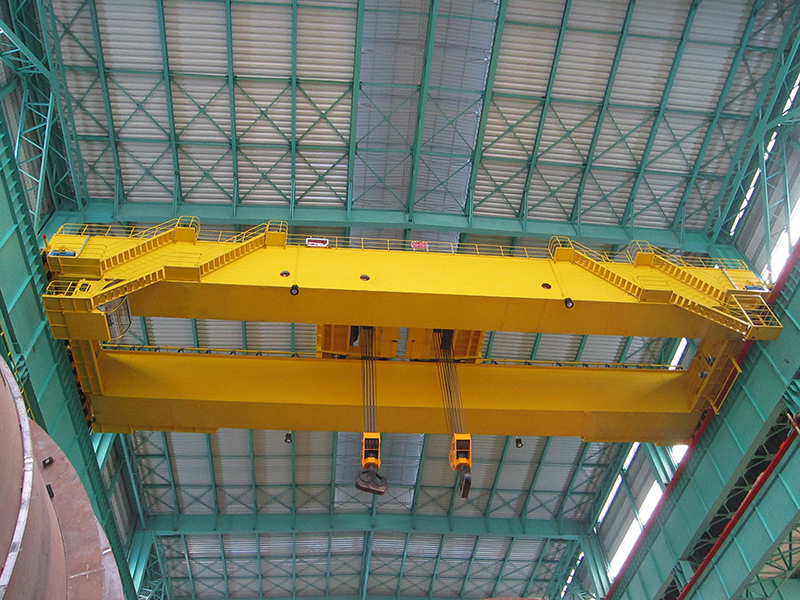Overhead cranes are used by thousands of businesses. They come in many sizes, styles, and colors. You have likely seen them at factories, warehouses, and locations where containers are being loaded and unloaded. Overhead cranes perform a very important function. Based on their lifting capacity, they can lift and lower extremely heavy loads. In most cases, these are installed indoors, using either a support structure below for the existing structure of the building in which they are installed. Here are some of the most typical specifications related to standard overhead cranes that are produced today.

What Is An Overhead Crane?
An overhead crane is simply a piece of equipment that is designed to lift heavy items. They are designed to be stationary or mobile. Some of the more common ones include a workstation crane, bridge crane, and a gantry crane. There are also single and double girder cranes, jib cranes, and a top running bridge crane that can move laterally throughout your facility. They are able to do this using electric motors and hydraulic power. The cable will be run through a pulley, connected to a hoist, that will lift the item. If there is a trolley, you can move the load left or right, allowing you to position it properly.
What Are Overhead Crane Specifications?
These overhead cranes have different specifications, depending upon how they were designed. For example, you will want to consider the lifting height, lifting speed, and the overall overhead crane capacity before you decide on one. Some of them are capable of lifting 50 tons or more. Others may only lift 5 tons or less. The more that they lift, the stronger the supporting structure needs to be. This includes structural support beams down below, connected to the single or double girders up above that connect at an apex point. You should also know what the span width is in your facility. If it is using the existing structure and needs to reach to each side. This will allow you to connect with your building to provide the necessary support.

How To Choose The Right One For Your Company
The best ones should be based on the type of work you are in. For example, if you are in a factory, lifting relatively light packages, a jib crane would be ideal. If you are lifting extremely heavy items, an overhead double girder bridge crane would be the best one to use. Overall, gantry cranes tend to be the most prevalent, along with bridge cranes and workstation cranes that are used all over the world.
Now that you know what an overhead crane is capable of, you can choose one based upon your needs. Once you understand the overhead crane specifications, you can decide on the best one for your business. The lifting capacity, lifting height, and span width are specifications that can help you determine where it will go. Once you have this information, you can choose between the many different styles and types of overhead cranes, one of which will be ideal for the materials that you will be moving.